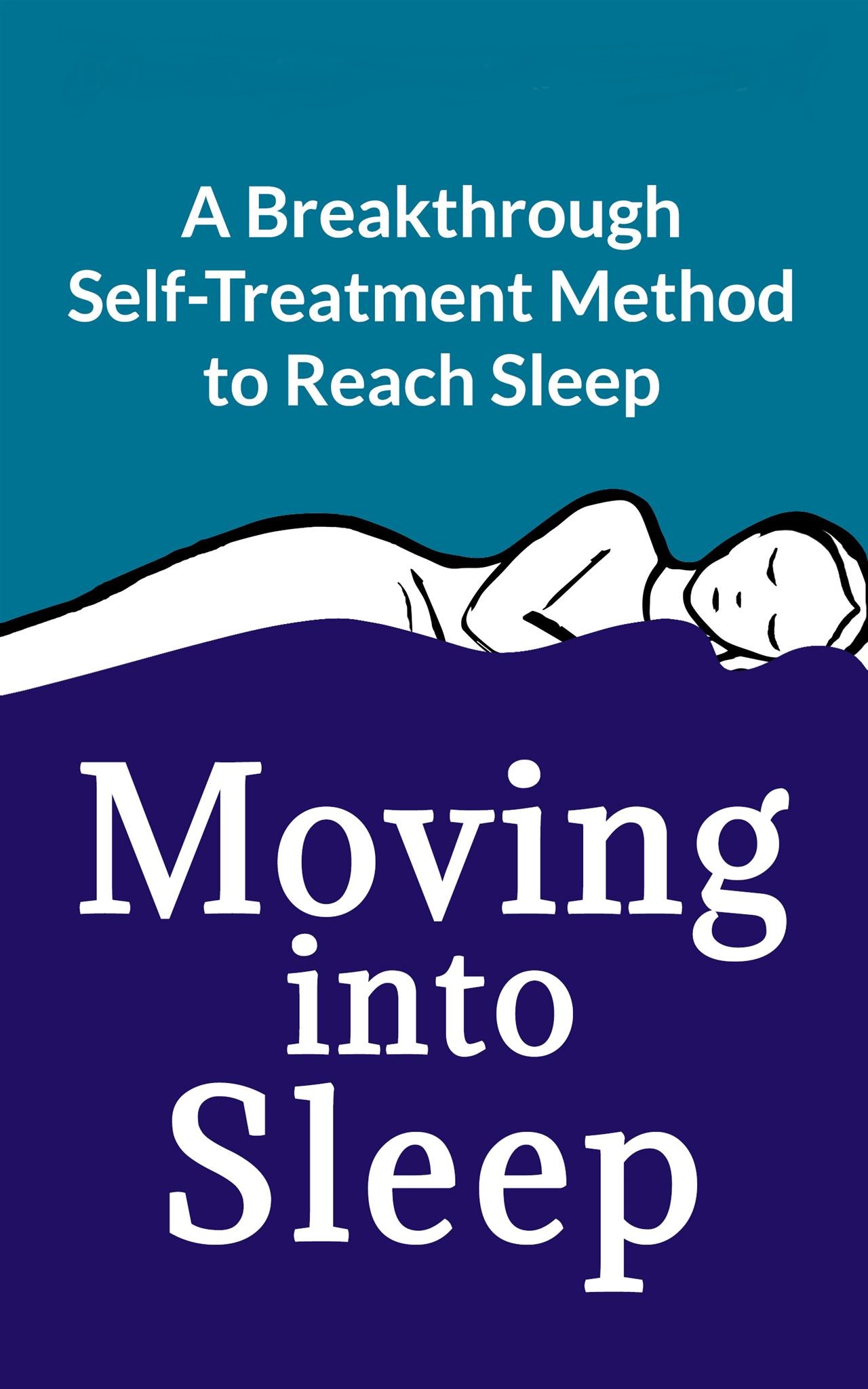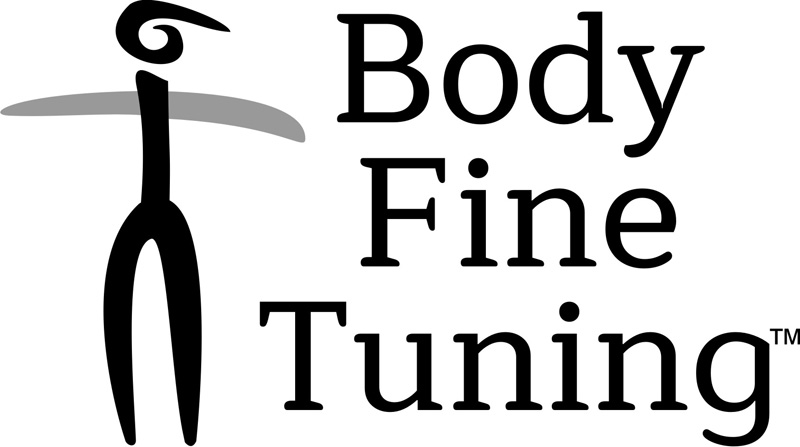Here is a questions I have answered at Quora.com.
If you have a question of your own, leave a message here below.
How Can One Cope With Chronic Insomnia?
To cure chronic insomnia, to fall asleep with ease, and sleep well, among the best ways is to use gentle sleep-inducing movements.
Backed by neuroscience, gentle and slow movements possess the highest potential to release body-tension, quieten the mind, and reduce the effects of negative stress in your neurological system.
It is amazing what a gentle movement does — at its best it can initiates positive processes in the brain, even in the deepest structures, that regulate and manage functions, like your sleep drive.
What if Chronic Pain Keeps You Awake
I know how it feels when chronic insomnia affects your life. For years I had difficulties in sleeping due to back pain, caused by 15 years of slightly twisted posture while playing the violin, 5–10 hours a day. To cure my back, I tried everything, physiotherapy, massage, sports, acupuncture — with no lasting help. So, I kept looking for a solution, finally leading me to study neuroscience-based movement-learning. What a relief it was to find out how it possible to cue my back with gentle movement variations. Surprisingly, I discovered how the same gentle movements could make me fall asleep more easily and that the quality of my sleep got amazing.
Inspired by this I developed the Moving into Sleep Method.
What is the Value of Sleep to You?
One major issue with sleep is the fact, that as humans we have the freedom to postpone sleep and choose to get shorter sleep than we actually need.
Ask yourself — what is the value of sleep?
How much sleep do you need to be the best version of you?
Insomnia Life-Style
Lifestyle is also a factor – ask yourself how much negative neurological stress does your daily life create? Do you maintain good hygiene, eat well, move enough, and do creative activities, in a calm and clean environment?
Sounds like an ideal life, however, most advice for curing insomnia focuses on creating ideal, stress-free conditions.
And it can help, up to certain point. But between you and a good night’s sleep can still stand stubborn negative stress in your neurological system. This is when you can do gentle sleep-inducing movements to fall asleep with ease.

As a self-treatment, the Moving into Sleep Method is based on educational neuroscience that explains how subtle movements can calm your nervous system. By doing the movements you can learn to fall asleep any time you want within minutes and get quality sleep even when the conditions are challenging, like during traveling, or when your sleep schedule needs a change.
Thanks for reading,
Oliver
“Better sleep is a gentle movement away”
